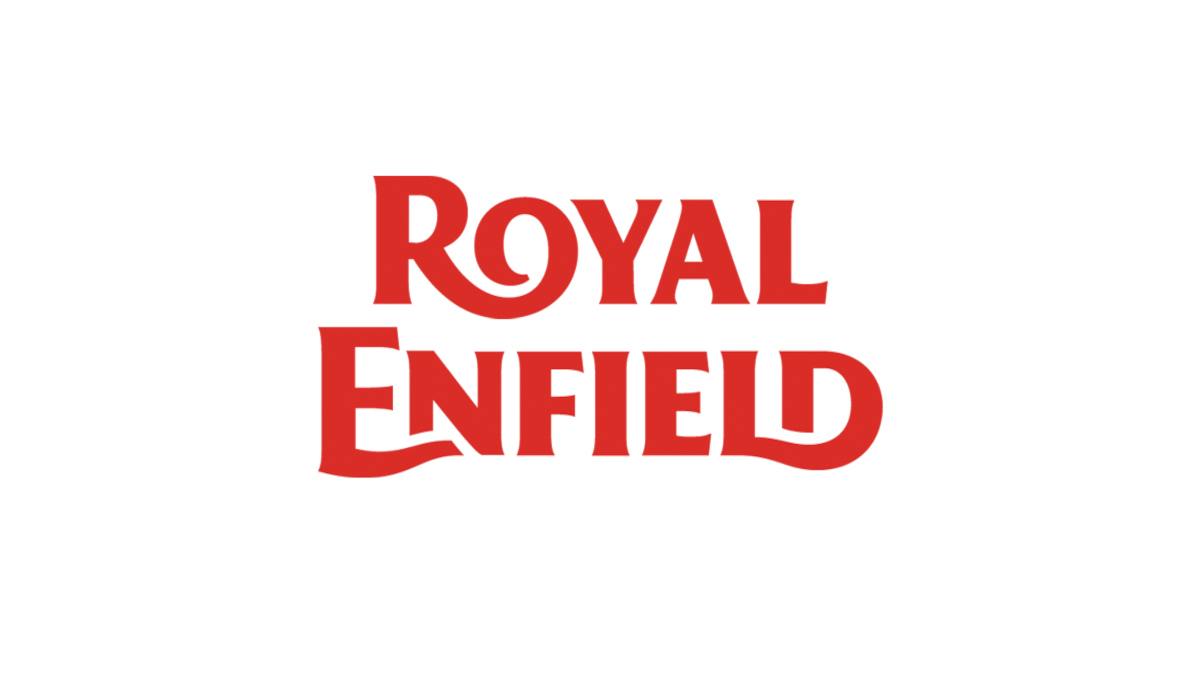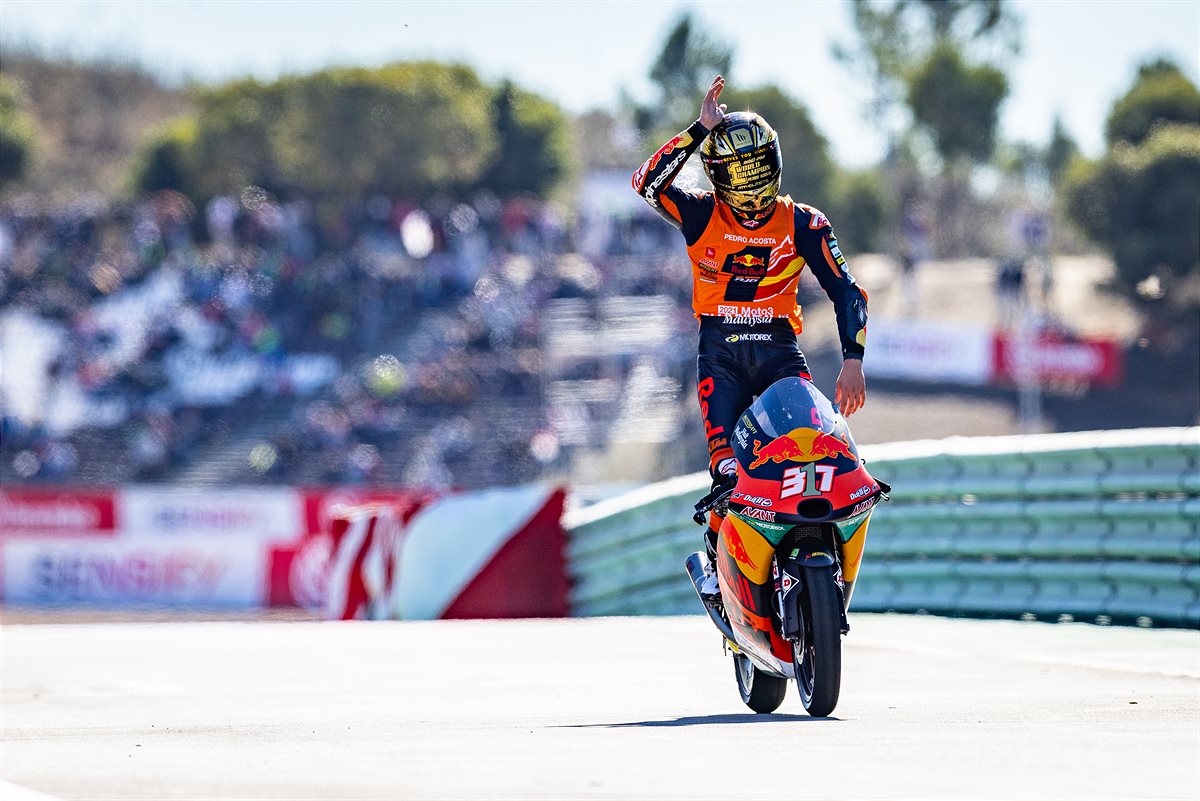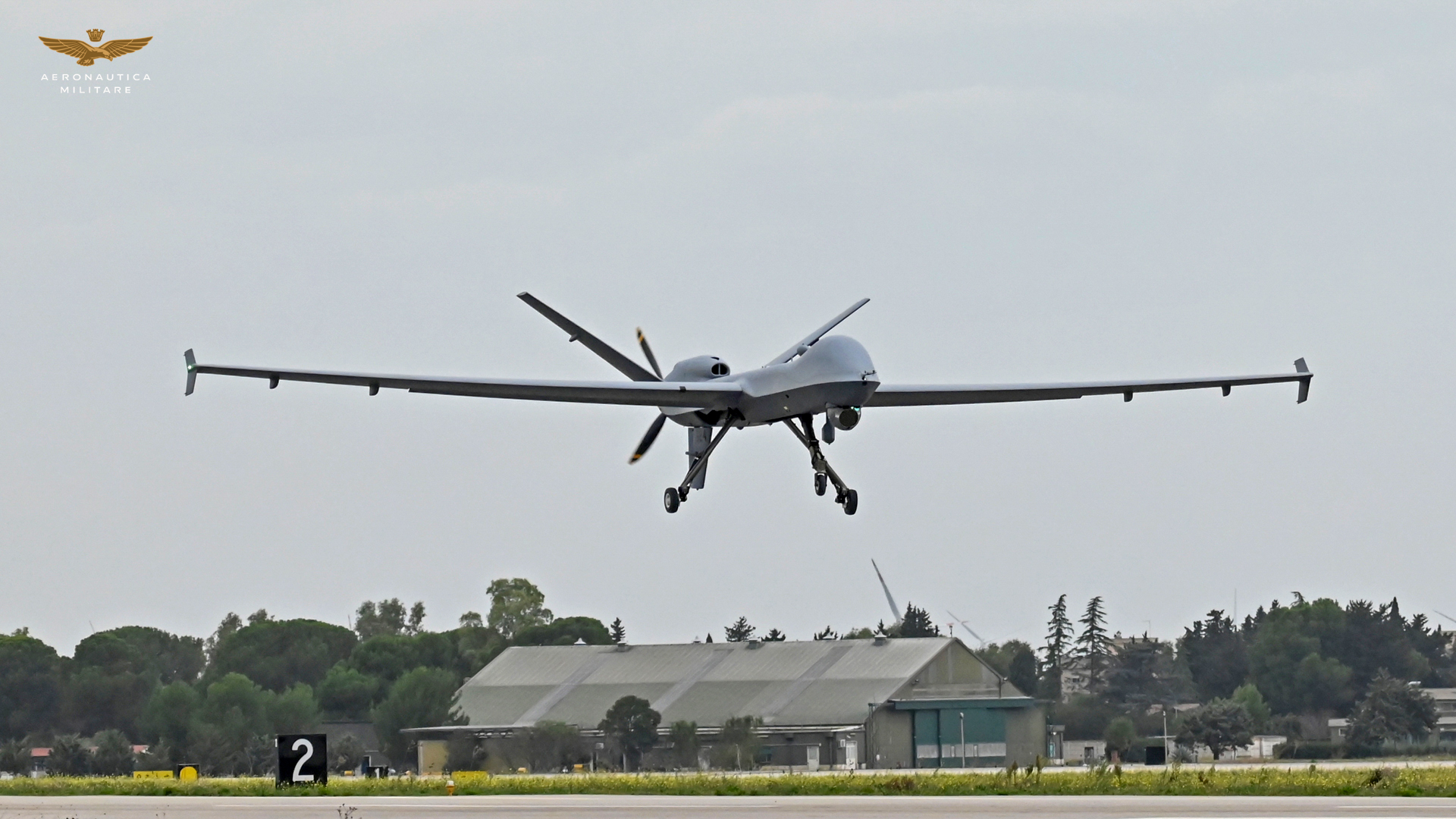Introduction: Italy’s Leap in Aerial Warfare Technology
The Italian Air Force has entered a new chapter in its aerial warfare capabilities with the introduction of the MQ-9A Block 5, also known as Predator B. This advanced Remotely Piloted Aircraft (RPA), delivered last year, has not only expanded Italy’s fleet but has also introduced a range of cutting-edge technologies.
These developments mark a significant evolution in Italy’s defense strategy, particularly in enhancing surveillance, reconnaissance, and offensive capabilities. But what makes the MQ-9A Block 5 stand out, and why is it a game-changer for the Italian Air Force?
A Close Look at the MQ-9A Block 5: Features and Capabilities
The MQ-9A Block 5, part of the Mid-Life Modernization (MLM) program, represents a substantial upgrade over its predecessors. The aircraft is equipped with improved electrical power generation, auto takeoff, and landing capabilities, and strengthened landing gear, making it more resilient and reliable in various conditions.
These enhancements ensure that the aircraft can undertake extended missions with less downtime and maintenance.
Advanced Surveillance and Reconnaissance
One of the standout features of the MQ-9A Block 5 is its state-of-the-art GA-ASI Lynx Multi-mode Radar. This radar provides a combination of Full-Motion Video (FMV), Synthetic Aperture Radar (SAR), and Moving Target Indicator (MTI) capabilities.
Such features are crucial for persistent surveillance, allowing the Italian Air Force to monitor and respond to developments on the ground in real-time. The addition of Maritime Radar capabilities further extends the aircraft’s utility in monitoring naval activities and securing maritime boundaries.
Enhanced Offensive Capabilities
While Italian MQ-9s have traditionally been shrouded in secrecy regarding their offensive capabilities, recent developments suggest a shift towards transparency. The MQ-9A Block 5 is equipped to carry a range of precision-guided munitions, including AGM-114R2 Hellfire missiles, GBU-12 and GBU-49 laser-guided bombs, GBU-38 JDAM, and GBU-54 Laser JDAM bombs.
This arsenal allows the Italian Air Force to conduct precision strikes against ground targets, offering a versatile and powerful tool for both defensive and offensive operations.
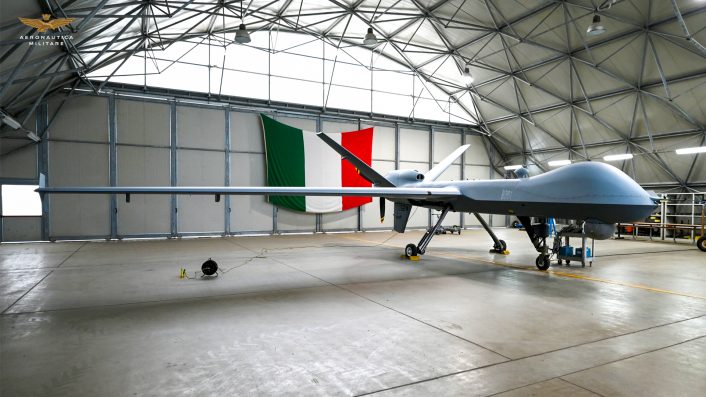
Modernization and Expansion: Doubling the Fleet
As part of Italy’s multiyear defense planning document for 2022-2024, the country is committed to modernizing and expanding its MQ-9 fleet.
This includes the procurement of additional MQ-9A Block 5 aircraft and ground stations. In August 2024, the U.S. government approved a potential Foreign Military Sale (FMS) to Italy, which includes six new MQ-9A Block 5 RPAs, three Mobile Ground Control Stations (MGCS), and additional advanced equipment, totaling an estimated cost of $738 million (€671.6 million).
Training and Integration
Ahead of the first flight in Italy, Italian pilots and sensor operators underwent rigorous training at General Atomics’ Flight Test & Training Center in Grand Forks, North Dakota.
This training, specifically designed to transition from Block 1 to Block 5 operations, included Instructor Difference Training (IDT) for Italian instructors from the 32° Stormo. Such thorough preparation ensures that the Italian Air Force can maximize the capabilities of the new RPAs and integrate them seamlessly into its operational framework.
The Strategic Importance of MQ-9A Block 5 for Italy
The deployment of the MQ-9A Block 5 aligns with Italy’s broader defense strategy, which emphasizes modernizing its military capabilities to respond to contemporary threats.
The aircraft’s advanced surveillance, reconnaissance, and offensive capabilities provide a significant boost to Italy’s ability to conduct intelligence, surveillance, and reconnaissance (ISR) missions.
These missions are critical in today’s security environment, where real-time information and precision targeting can determine the outcome of conflicts.
Expanding Roles: Civilian Airspace and Public Engagement
Interestingly, Italy’s MQ-9A Block 5 is not confined to military operations. The Italian Air Force has conducted tests to allow the MQ-9 to operate in civilian airspace, sharing routes typically reserved for manned flights.
This capability underscores the aircraft’s versatility and its potential role in non-combat scenarios, such as disaster response, border surveillance, and even search and rescue missions. Furthermore, the public display of the MQ-9 at airshows, including the centennial celebration of the Italian Air Force, reflects a more transparent approach to military operations and public engagement.
Historical Context: The Evolution of Italy’s RPA Program
Italy’s journey with the MQ-9 platform began in 2008 with the acquisition of the first Block 1 aircraft. Over the years, the fleet expanded, and by 2019, Italy operated six MQ-9s, although one was lost over Libya.
The shift from Block 1 to Block 5 represents a significant technological leap, aligning Italy’s RPA capabilities with those of other leading military powers. The decision to modernize and expand the fleet comes against the backdrop of evolving security challenges and the need for more sophisticated and versatile defense tools.
Weaponization: A Decade-Long Journey
The weaponization of Italy’s MQ-9 fleet has been a complex and, at times, controversial process. Initially proposed in 2012, the sale of weaponization kits was approved in 2015, making Italy one of the first countries after the U.K. to arm its RPAs. However, the implementation of this capability faced delays, with the Italian government taking a cautious approach.
The inclusion of offensive capabilities in the MQ-9A Block 5, as confirmed by the Defense Security Cooperation Agency (DSCA), marks a pivotal moment in Italy’s defense strategy, enabling more proactive and flexible responses to threats.
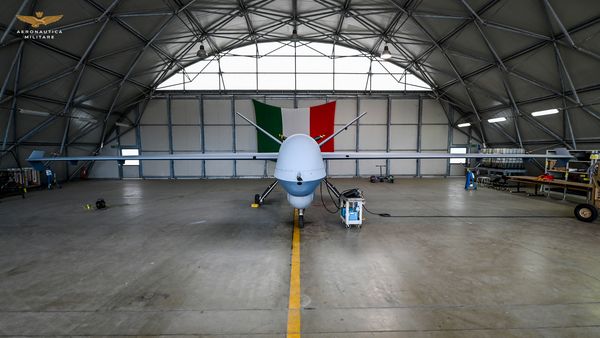
The Future of Italy’s RPA Fleet: Strategic Implications
The ongoing modernization and expansion of Italy’s RPA fleet have significant implications for the country’s military capabilities. The addition of six new MQ-9A Block 5 aircraft will effectively double the fleet, providing a robust platform for both surveillance and combat operations. This expansion is not just about increasing numbers but also about enhancing operational flexibility and readiness.
Strengthening NATO’s Southern Flank
Italy’s investment in the MQ-9A Block 5 also strengthens NATO’s southern flank. As a key NATO member, Italy’s enhanced RPA capabilities contribute to the alliance’s collective security, particularly in monitoring and responding to threats in the Mediterranean and North Africa. The MQ-9’s ability to provide continuous surveillance and precision strike options makes it a valuable asset for NATO operations, ensuring that the alliance can maintain a strategic advantage in the region.
Adapting to Emerging Threats
The modern security landscape is characterized by hybrid threats, where conventional military tactics are combined with cyber warfare, terrorism, and other unconventional methods. The MQ-9A Block 5’s advanced capabilities make it well-suited to counter these threats, providing Italy with the tools to adapt to the evolving nature of warfare.
Whether it is tracking terrorist movements, conducting reconnaissance over contested areas, or providing support to ground troops, the MQ-9A Block 5 is a versatile and powerful tool in Italy’s defense arsenal.

Conclusion: A Bold Step Forward for Italy’s Air Force
The introduction of the MQ-9A Block 5 into the Italian Air Force marks a bold step forward in Italy’s pursuit of modern, versatile, and effective military capabilities. With its advanced surveillance and offensive features, the MQ-9A Block 5 enhances Italy’s ability to conduct critical ISR missions and respond to emerging threats.
As Italy continues to modernize its RPA fleet, the MQ-9A Block 5 will play a pivotal role in shaping the future of Italian airpower and ensuring the country’s security in an increasingly complex world.
By embracing the latest in aerial technology and expanding its fleet, Italy is not only enhancing its national defense but also reinforcing its position as a key player in NATO and international security.
The MQ-9A Block 5 is more than just an aircraft; it is a symbol of Italy’s commitment to maintaining a strong, modern, and capable military force.

